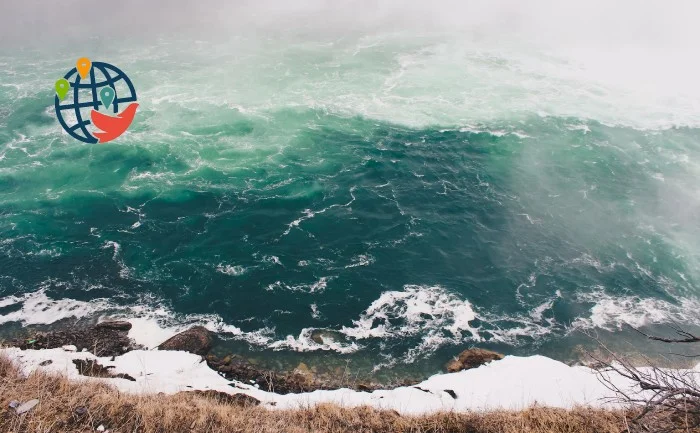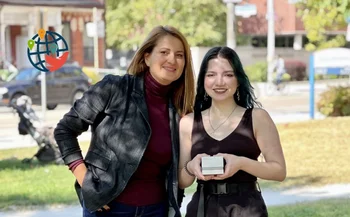Two birds with one stone - Canada has invested in science and the environment at once

Generous investment in research from the government.
As part of the updated and expanded Ocean Protection Plan, the Department of Energy and Natural Resources has allocated CA$ 7.8 million to fund 10 projects focused on oil spill response research.
The Ocean Protection Plan is the government's long-term strategy to keep Canada's marine and coastal areas clean and safe for future generations. Funding was lobbied for and presented by Minister of Energy and Natural Resources Jonathan Wilkinson:
"With the world’s longest coastline, Canadians know that healthy and safe waterways are integral to our environment and our economy. Today’s investment will ensure that we are equipped with the tools we need to respond to maritime incidents and protect coastal communities and ecosystems."
Funds will be distributed among the 10 research centers as follows:
- CA$ 257,044 to the University of British Columbia to refine and apply a model to predict the potential long-term ecosystem impacts of oil spills in the Salish Sea;
- CA$ 350,000 to LGM Corporation of Canada to improve the efficiency of mechanical oil recovery;
- CA$ 400,000 to the Heiltsuk Tribal Council to study the biological impacts of different types of oil on marine species of economic, ecological, and cultural importance;
- CA$ 599,956 to the University of Western Ontario to develop an environmentally friendly and cost-effective smoke extraction system for oil combustion in freshwater environments in Canada;
- CA$ 645,747 to the Huntsman Marine Science Center to use advanced methods to predict and confirm the toxicity of oil to various organisms;
- CA$ 646,758 to Lake Superior State University (Michigan) to conduct research on oil in freshwater ecosystems with a particular focus on diluted bitumen;
- CA$ 1,466,695 also to Lake Superior State University for the development of technologies to detect and monitor oil spills in freshwater and ice environments;
- CA$ 1,756,000 also to Lake Superior State University to further study the environmental effects of oil spills and bioremediation in cold climate ecosystems;
- CA$ 833,500 to the University of Northern British Columbia to develop and evaluate next-generation decantation technologies for oil and water separation and recovery at the spill site;
- CA$ 903,375 CAD to IISD-ELA (International Institute for Sustainable Development Experimental Lakes Area) for the development and application of a web-based decision-making and response tool.
Authorities in Canada are convinced that Indigenous people, industry, communities, scientists and government working together will help protect the country's environment.

















